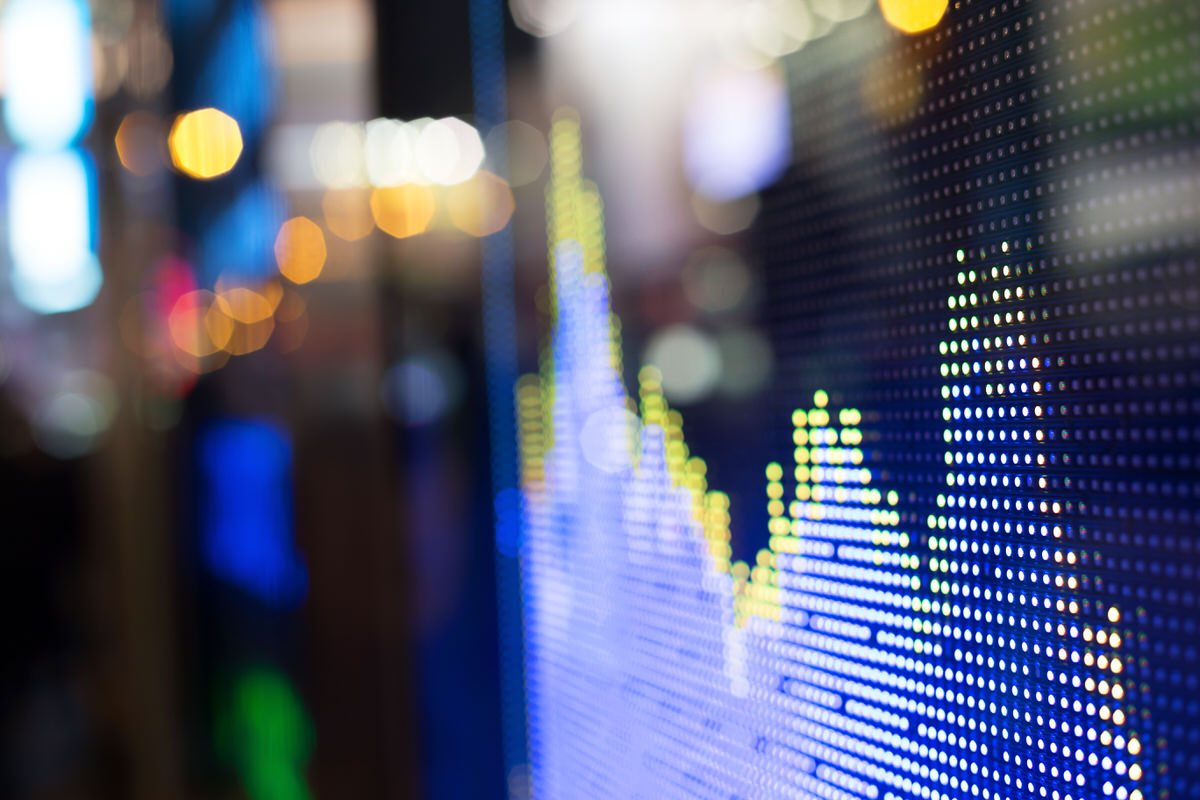by Michael Kahn, Clarity Financial
My favorite meme following last week’s yield curve inversion was captioned, “I survived the yield curve inversion.”
My favorite tweet (from @jfahmy) was, “The next Jobs Report should be very strong with the 50,000 “Yield Curve Experts” that were added this week.”
Last Wednesday, the day the Dow dropped 800 points, the yield curve inverted for a few hours. There is a lot to unpack in that sentence, so let’s get to it.
First, I have to briefly define what the heck a yield curve is so if you already know, skip the next three paragraphs.
The Explanation
The curve is a representation, or plot, of the yield on bonds from the same issuer across all maturities for which it is issued. Typically, we talk only about the yield curve of U.S. Treasuries, although they do exist for many sovereign debt markets. Analysts looking at the U.S. version have the luxury of a robust curve with maturities running from three and six months, to one, two, five, seven, 10, 20 and 30 years.
The normal yield curve is upward-sloping, meaning that yields on shorter maturities are lower than yields on longer maturities. Investors are paid more to take the risk of loaning their money for longer periods of time.
When the curve is flat or downward-sloping, that’s when we think the economy is running into trouble. The downward-sloping curve is called the inverted curve. This frequently appears a year or longer before recession begins, but as they say, the inverted yield curve has predicted 15 of the last 10 recessions. In other words, it does not always work.
Inversion Therapy
OK, now that our more sophisticated readers are back with us, the curve got somewhat funky in April when the five-year yield dipped below the 3-month yield. Then in May, the three-month yield was above the seven year and then above the 10-year.
Some pundits called the three-month to 10-year condition the inverted yield curve. My opinion is that was questionable, at best. Why? See next paragraph.
For most of June, only the three-month was out of whack, which we can partially blame on the Federal Reserve’s rate policy. Everything else looked to be a regular, upward-sloping yield curve.
Then one grey day it happened (Jackie Paper came no more.) On August 14, the two-year ticked above the 10-year to create the dreaded inversion. The financial media went nuts. Recession is coming! Recession is coming!
However, within hours, the curve un-inverted. Was recession averted? Did that temporary inversion mean anything at all? And the real question, does a positive 10 basis point spread (0.10 percentage points) mean something all that different from a negative 10 basis-point spread? And if the economy is going to go into the pooper, shouldn’t the inversion last for weeks and months, not just hours?
How it Got There Matters
Just like knowing how a stock got to its current price, we should know how the yield curve got to its inverted state, albeit a temporary one.
I’m not a bond maven but I did notice that the 10-year yield dropped like a stone recently and that is what seemed to have driven the inversion. We’ll get to the why that happened later.
After posing the question to a group of pros, I got the answer from a real bond maven, Michael Krauss, the former Managing Director and Head of Global Fixed Income Technical Analysis and U.S. Equity Technical Analysis at JP Morgan Securities.
It turns out that my observation was right (blind squirrel, I know). It does matter how the yield curve got flat or inverted. What Krauss said was that the steep drop in the 10-year yield and a slower drop in the two-year yield was called a “bull flattener.”
When they talk about an inverted yield curve, most people think of the “bear flattener” variety, where short rates rise quickly and long rates do not. This is where the Fed sees something overheating in the economy or the ugly head of inflation rearing so it clamps down on easy money. This tends to lead to a slowing of the economy and weakness in the stock market.
However, the bull flattener means something entirely more positive. It could mean sentiment for a stronger economy is strong. Or that investors are piling into longer-term bonds. The latter seems to be the case as money from around the world is pouring into U.S. bonds.
Why? Because trillions of dollars’ worth of global government bonds have negative yields. Negative!
Of course, money will flow to the best return and that is in good ol’ America. We also can see that in the strong U.S. dollar, which everyone needs to buy U.S. bonds.
Don’t believe me. Former Fed Chief said the same thing.
Mutual funds specializing in bonds are also seeing record inflows of money.
Copyright © Clarity Financial
















